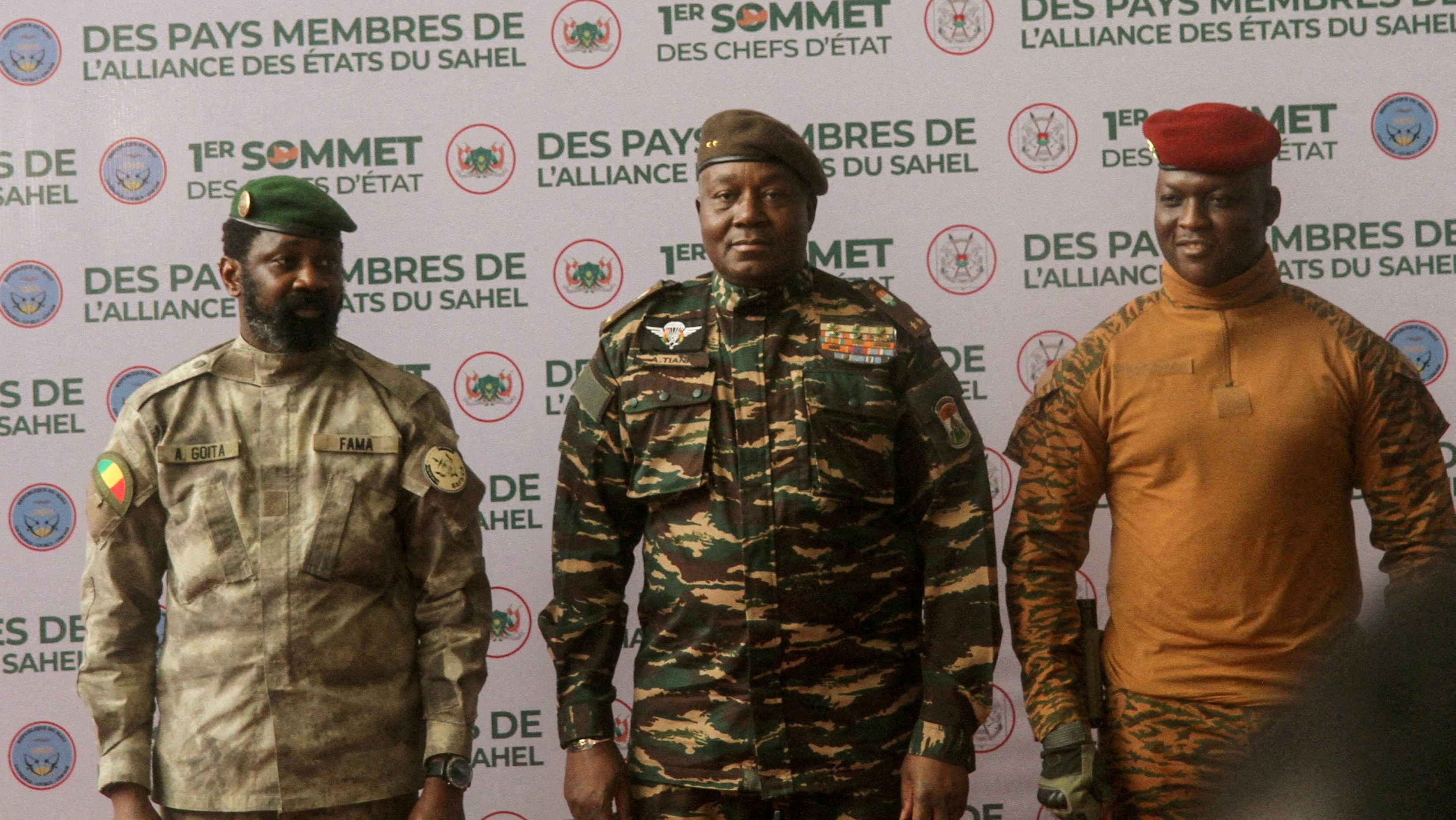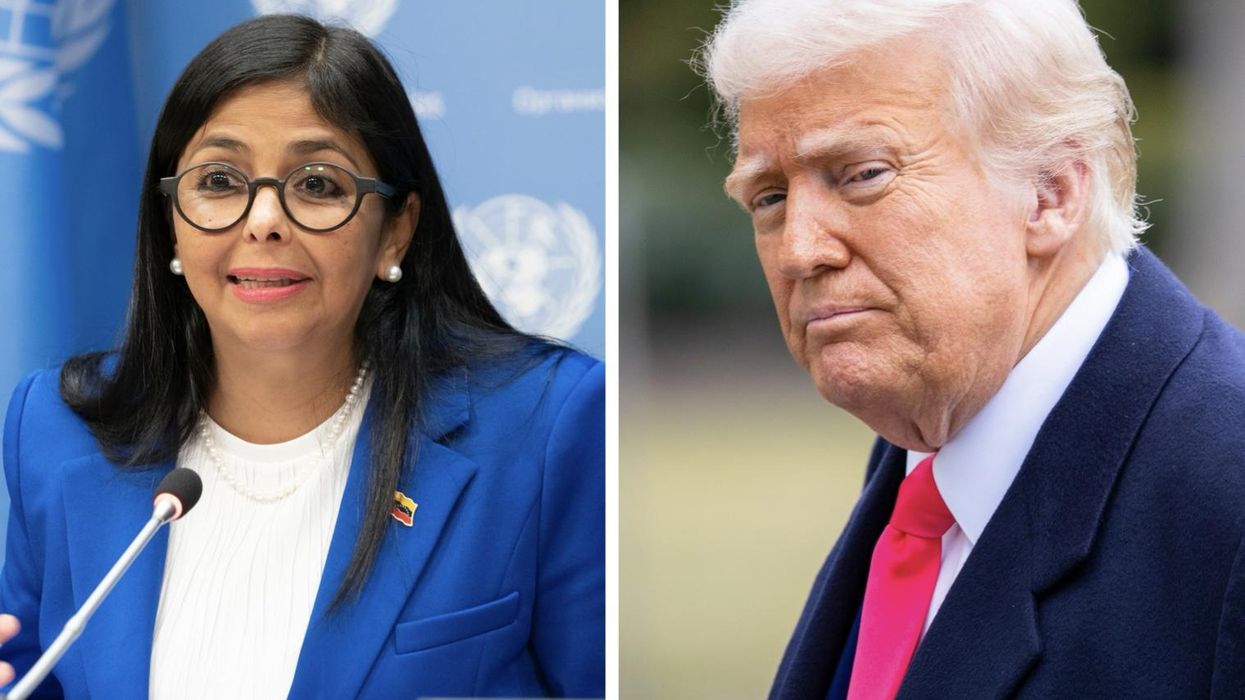In Mali, General Assimi Goïta, who took power in a 2020 coup, now plans to remain in power through at least the end of this decade, as do his counterparts in neighboring Burkina Faso and Niger. As long-ruling juntas consolidate power in national capitals, much of the Sahelian terrain remains out of government control.
Recent attacks on government security forces in Djibo (Burkina Faso), Timbuktu (Mali), and Eknewane (Niger) have all underscored the depth of the insecurity. The Sahelian governments face a powerful threat from jihadist forces in two organizations, Jama‘at Nusrat al-Islam wa-l-Muslimin (the Group for Supporting Islam and Muslims, JNIM, which is part of al-Qaida) and the Islamic State Sahel Province (ISSP). The Sahelian governments also face conventional rebel challengers and interact, sometimes in cooperation and sometimes in tension, with various vigilantes and community-based armed groups.
The roots of instability in the Sahel extend both to specific crises in the 2010s (especially a rebellion in northern Mali in 2012) and to broader, systemic issues having to do with land use, resource competition, poverty, official corruption, the spread of jihadist mobilization through a chain of socially combustible zones, and citizens’ loss of faith in institutions. Government responses largely fueled insurgencies, as security forces committed abuses and collective punishment, and as civilian leaders pursued inconsistent and often tone-deaf policies.
Foreign intervention also inflamed the situation. France, the European Union, and the United States pursued a narrowly security-focused policy matrix that failed to reverse the escalation in violence in the 2010s and that crumbled upon contact with the coups of the early 2020s. Russia, the new partner of choice for the central Sahelian regimes, supplied an even more brutal dose of violence, but one that produced no concrete gains for national governments other than the Malian authorities’ triumphant but ultimately isolated victory in Kidal, a northern rebel stronghold. The jihadists, who delight in having a foreign adversary, have replaced the French with the Russians in much of their propaganda and targeting.
As the juntas have struggled on the battlefield, they have hollowed out their countries’ politics, subverting decades of fragile but meaningful democratic experiences. Political parties have been banned, journalists arrested, critics conscripted, and associations dissolved. There are a few niches of resistance remaining, particularly labor unions, but those have largely challenged the juntas on a sector-by-sector basis over issues connected to pay and conditions; unlike in 1991 in Mali or 2014 in Burkina Faso, broader revolutions involving multi-sector coalitions have not coalesced. In fact, although it is difficult to measure given the lack of regular and reliable polling as well as the near absence now of investigative journalism, the juntas appear to enjoy substantial popularity. Military men have made invigorating promises about restoring security, championing national sovereignty, revitalizing economies, and bringing people dignity. Even as those promises remain unfulfilled, the message is clearly thrilling to a wide domestic audience.
Western governments are still adrift on Sahel policy. In Europe, expectations for how much influence governments can wield over the Sahel, bilaterally and collectively, have been tempered by the rebukes the Sahelian juntas have issued over the past five years. Ambitions to rebuild influence persist, and the most thoughtful suggestions involve pursuing “a pragmatic course that reconciles [Europe’s] interests and diplomatic priorities with political realities on the ground.” Yet there are few genuinely new ideas in the mix in Europe, as concerns about migration control and insecurity lead policymakers and analysts back to a familiar menu of security assistance and development partnerships.
In the United States, intermittent concern about the Sahel under the Biden administration has given way to relative indifference under the Trump administration. Both under Biden and Trump, meanwhile, there was greater concern about the potential for (and to some extent, reality of) spillover from the Sahel into coastal West Africa than there was concern about the Sahel itself. Tellingly, U.S. Africa Command hosted the April/May 2025 edition of its annual Flintlock training exercise in Cote d’Ivoire, and periodic reports suggest that AFRICOM is scouting the possibility of basing drones there (after the government of Niger expelled U.S. personnel in 2024). AFRICOM, however, could ultimately be cut amid the Trump administration’s ongoing restructurings.
To some extent, Western policy to the Sahel is inadvertently replicating some long-discarded ideas about Somalia policy. In a refreshing set of analyses around 2009-2010, Bronwyn Bruton advocated what she called “constructive disengagement” from Somalia — a pause in perennial American and Western efforts to shape the politics and security landscape of that long-troubled country. Most of Bruton’s suggestions were specific to Somalia and its Islamist Shabaab insurgency to that moment, but some of them offer intriguing glimpses of what an alternative approach to the Sahel could look like.
In one report, Bruton wrote, “The United States and its partners can encourage the pragmatic, nationalist, and opportunistic elements of the Shabaab to break with their radical partners by adopting a position of neutrality toward all local political groupings and by signaling a willingness to coexist with any Islamist authority that emerges, as long as it refrains from acts of regional aggression, rejects global jihadi ambitions, and tolerates the activities of Western humanitarian relief agencies in Somalia.”
This approach still sounds radical today, but it is effectively what has happened in Syria since late 2024. The U.S. should in no way cheer on a JNIM victory, but the U.S. should consider a range of options in case such a scenario transpires.
Bruton also recommended, meanwhile, that “new development initiatives…should be pursued in a decentralized fashion that involves collaboration with the informal and traditional authorities that are already in place on the ground – without attempting to formalize or empower them.”
Here she was referring largely to the regional governments and would-be governments that existed (and still exist) in a fractured Somalia, a very different landscape than the Sahel’s current political map. But the underlying principle has appeal for the Sahel: the U.S. and Europe would do better to pursue development for development’s sake in the Sahel, rather than trying to tie development to quixotic projects of reshaping society or steering national governments. Bruton’s (unheeded) mix of recommendations for Somalia is not a blueprint for the Sahel some 15 years later, but her ideas point to ways that the menu of options could be expanded beyond what sometimes appears to be Western governments’ search for a return to a modified status quo ante.
The Sahel appears poised to remain both politically frozen and deeply volatile through 2030, and if disruptions to that trajectory arrive, the easiest disruptions to imagine are ones for the worse, including further coups, the fall of major cities to jihadists, and/or mass famines. To the extent that Western governments seek to re-engage, it should be with a realization that the 2010s are not coming back, that the juntas have a do-or-die mentality, and that some fresh thinking is required.
















